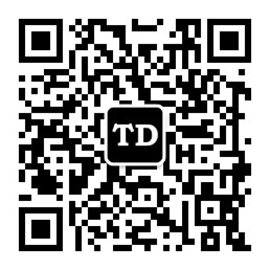Differences among Term, Whole Life and Investment-linked Insurance
In terms of product structure, there are three common types of life insurance. They are term life insurance, whole life insurance and investment-linked insurance. During daily communication, I realized that people are not very clear about the differences among these three types of products. This article is to illustrate these differences, so you may have a better thought about which product structure is more suitable for you.

1. Term Life Insurance
Structure: The structure of term life insurance is the most classic insurance structure. After the policy holder determines how much is the required sum assured, he can select a preferred policy term (a number of years or a term till certain age). Then the insurance company can work out how much is the annual premium. During the policy term, the annual premium is flat. When a claim is made, the insurance company will pay out the sum assured, and the policy terminates. When the policy holder surrenders the policy in the middle of the policy term, or when the policy term ends, the policy terminates, and the policy holder will not get back any cash value.
Advantage: The structure is simple and easy to understand. Under the same sum assured, the annual premium is relatively lower.
Disadvantage: There is no cash value.
Suitable for: People who prefer handling risk management and wealth accumulation separately.
2. Whole Life Insurance
Structure: Whole life insurance provides protection for life. Most whole life insurance products protect the life assured till his age 99. Before the life assured’s age 99, when a claim is made, the insurance company pay out the sum assured, and the policy terminates; if the life assured lives till age 99, the insurance company will pay out the sum assured directly, and the policy terminates. The premium payment mode of whole life insurance is usually paying off in a limited number of years. When the policy is paid off, it will continue to provide coverage for life. Part of the insurance premium is contributed into the participating fund managed by the insurance company. Professional fund managers manage the participating fund in a relatively low risk manner. If the policy holder surrenders the policy, the policy terminates, and the policy holder will get back certain cash value.
Advantage: Once the insurance policy is paid off in a limited number of years, the life assured can enjoy coverage for life without any further payment. The policy holder can get back certain cash value if he decides to surrender the policy.
Disadvantage: Under the same sum assured, the annual premium is relatively higher.
Suitable for: People who prefer engaging insurance company to handle both risk management and part of wealth accumulation.
3. Investment-linked Insurance
Structure: Investment-linked insurance combines mutual fund investment and insurance protection into one single product. The policy holder actually opens a mutual fund investment account with the insurance company. He contributes money into the account regularly every year. And he can determine his fund allocation according to his investment preference. Meanwhile, in order to provide insurance coverage, the insurance company will deduct administration fees and cost of insurance from this investment account every year. Cost of insurance increases when the age of the life assured increases. When the policy is in force, if a claim is made, the insurance company will pay out the sum assured, and the policy terminates. If at one time the policy holder thinks that the insurance coverage is no longer necessary, he can surrender the policy and get back the cash balance in the investment account.
Advantage: Get mutual fund investment and insurance protection in one single product. The policy holder can get back the cash balance in the investment account when he surrenders the policy.
Disadvantage: The market risk of the mutual funds is borne by the policy holder. When the life assured reaches certain age, the cost of insurance can spike up very quickly, making it difficult to provide a life-time coverage.
Suitable for: People who have limited budget and intend to combine risk management and most part of wealth accumulation into one single product for a certain period of time.
If you still have questions on differentiating common types of life insurance after reading this article, do feel free to contact me for a discussion.

 Tony
Tony
 September 12, 2019
September 12, 2019


